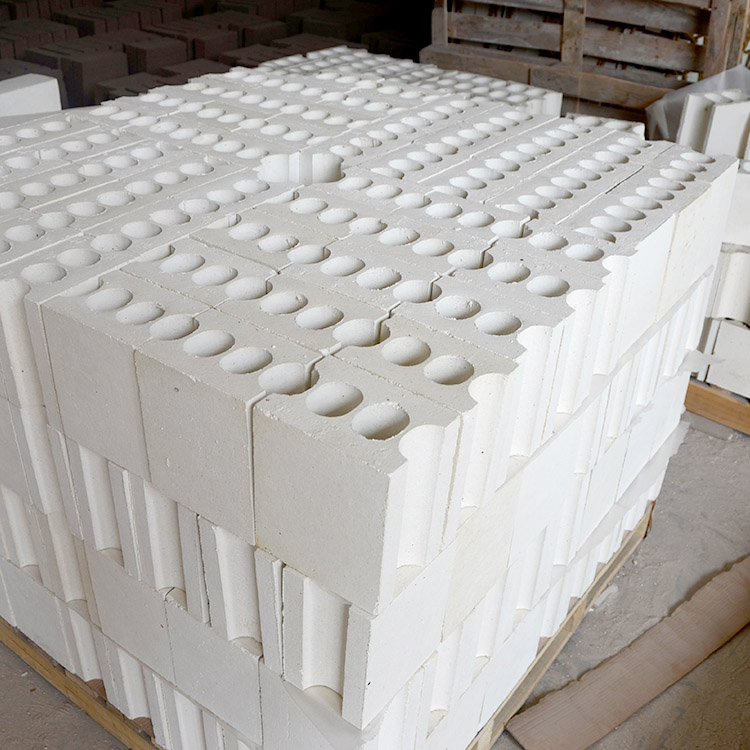
For ceramic manufacturers, minimizing warpage during firing is not just about quality—it’s about yield, cost control, and competitive edge. In one industrial case study from a high-volume tile producer in Italy, reducing tray-induced deformation by just 1.2% increased final output by over 4,500 pieces per batch—equivalent to ~$12K monthly savings in rework and scrap.
Composite alumina-mullite trays aren’t just passive carriers—they’re active participants in heat transfer dynamics. A poorly designed tray can cause uneven thermal gradients across the ware, leading to stress accumulation and distortion. According to data from a Chinese ceramics R&D lab, trays with inconsistent thickness (±0.8mm deviation) showed up to 27% higher warpage rates compared to those with optimized gradient profiles.

Effective tray design starts with geometry:
In practice, engineers at a major U.S. porcelain manufacturer reported a 15% drop in post-firing defects after switching to trays with this design logic. “It’s not magic,” says Marco Ruiz, Lead Process Engineer at Ceramix USA. “It’s precision engineering that respects how ceramics expand under heat.”
Even with perfect trays, improper spacing or misaligned pins leads to failure. Industry standards recommend:
| Tray Type | Recommended Gap (mm) | Pin Placement Strategy |
|---|---|---|
| Flatware (Tiles, Plates) | 10–12 mm | Center-aligned pins + corner guides |
| High-Wall Vessels (Vases, Jars) | 15–18 mm | Three-point pin system with offset alignment |

These adjustments ensure consistent air circulation and eliminate dead zones where temperature stagnation occurs—a common root cause of warping.
A ceramic tile maker in Turkey reduced their average warpage rate from 4.3% to 1.7% within six months by combining optimized tray design with proper kiln loading techniques. Their key takeaway? “It’s not enough to have good trays—you must train your team to load them correctly.”
Now imagine what you could achieve if every batch met these standards consistently. No more wasted material. No more late deliveries. Just predictable quality—and happier customers.

